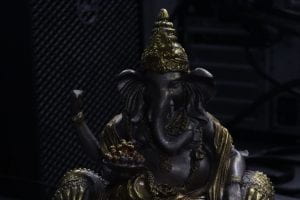Photography and videography are at the forefront of modern times. New magazines are set up every day, and more events are needing coverage than ever. There’s always the option of creative agencies if you’re not great at the business side or prefer to have someone else look after your diary. In a similar sense, there is a great deal of variety that comes with being a photographer. As someone that shoots any and all kind of portrait their job takes them everywhere . Photography works wonders for stress relief, and many aspects of it can be rather therapeutic.
Author: dopegirl83
Logo

Cut and Paste Collage

Man and Nature
Mirror Image
Image Projection

Shallow debt of field


Assignments
1.Aperture: controls the area over which light can enter your camera. Shutter speed: controls the duration of the exposure. ISO speed: controls the sensitivity of your camera’s sensor to a given amount of light
2.The reason you should change your ISO is because you’re targeting a specific shutter speed
3.Aperture Priority lets you choose the aperture setting you want, but the camera chooses the shutter speed. Shutter Priority lets you choose the shutter speed you want, but the camera chooses the aperture setting
4.: Set the lens to AF mode. Most brands have a button on the lens and the camera body to switch between AF and MF mode
5.Incident light metering will give you consistently correct exposure results, because it won’t be fooled by subject reflectivity
6.It means that if you want to copy the white balance settings from one image and paste them onto another that was taken with a different camera make or model, your final images might not look the same
7.Depth of field is the area of acceptable sharpness in front of and behind the subject which the lens is focused
8.The metering mode determines which areas of the frame are used by the camera to measure subject brightness and how the camera sets exposure
9.Exposure compensation is a technique for adjusting the exposure indicated by a photographic exposure meter, in consideration of factors that may cause the indicated exposure to result in a less-than-optimal image
Hello world!
Welcome to your brand new blog at Edublogs!
To get started, simply visit your blog’s dashboard, edit or delete this post and check out all the other options available to you.
Like more help?
We can walk you through step-by-step in our guide to getting started with your blog.
Happy blogging!

